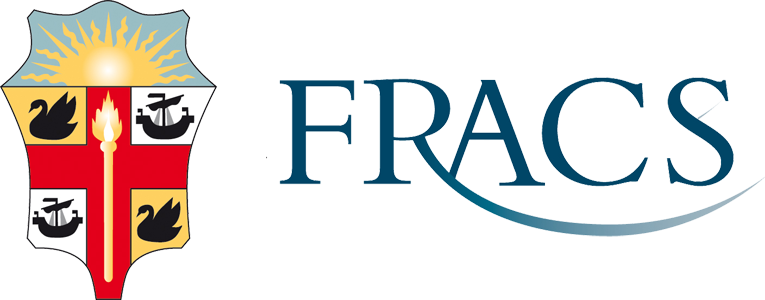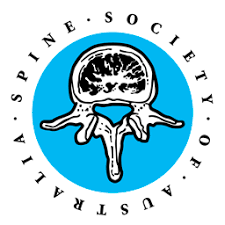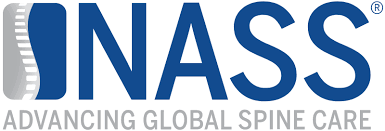Non Surgical Treatments
Non-surgical treatments for back pain can effectively relieve pain and promote healing without invasive procedures.
Who is Suitable for Non-surgical Treatments for Back Pain?
Non-surgical treatments are generally suitable for individuals with mild to moderate back pain not caused by a severe injury or condition requiring immediate surgical intervention. They are typically recommended as a first-line approach before considering invasive options. The suitability of these treatments depends on the cause and severity of the back pain and individual factors such as overall health, medical history, and preferences. Consulting with a neurosurgeon for an accurate diagnosis and personalised treatment plan is important.
Benefits of Non-surgical Treatments for Back Pain
- Pain relief: Non-surgical treatments can effectively alleviate pain, allowing individuals to resume their daily activities and improve their quality of life.
- Avoidance of surgery: Many people prefer non-surgical options to avoid the risks, costs, and recovery time associated with surgical procedures.
- Non-invasive: Non-surgical treatments typically do not involve incisions or extensive medical interventions, reducing potential complications.
- Minimal downtime: Compared to surgical procedures, non-surgical treatments often have shorter recovery times, allowing individuals to return to regular activities more quickly.
- Improved functionality and mobility: Non-surgical interventions such as physical therapy can help improve strength, flexibility, and posture, leading to better mobility and functionality.
- Long-term benefits: Non-surgical treatments often focus on addressing the underlying causes of back pain and promoting long-term healing rather than providing temporary relief.
Non-surgical Treatments for Back Pain
The types of back pain can vary depending on the specific condition or cause. Some common types include:
- Lower spine injections
- Physical therapy and exercise programs
- Pain medications (over-the-counter or prescription)
- Heat and cold therapy
- Spinal manipulation (chiropractic or osteopathic adjustments)
- Massage therapy
- Acupuncture
- Transcutaneous electrical nerve stimulation (TENS)
- Mind-body techniques (e.g., yoga, meditation, relaxation techniques)
- Cognitive-behavioural therapy (CBT)
- Posture improvement and ergonomic modifications
- Alternative therapies (e.g., herbal remedies, supplements)
Lower Spine Injections
Lower spine injections, also known as spinal injections or epidural injections, are a non-surgical treatment option for back pain that involves the injection of medications into the lower spine. These injections are typically performed by a healthcare professional, such as a pain specialist or anesthesiologist, with guidance from imaging techniques like fluoroscopy or ultrasound to ensure accurate needle placement. Here are some common types of lower spine injections:
- Epidural steroid injections (ESIs) deliver a combination of a corticosteroid medication and a local anaesthetic into the epidural space, the area around the spinal nerves in the lower back. The corticosteroid helps reduce inflammation and ease pain, while the local anaesthetic relieves pain. ESIs are commonly used to manage herniated discs, spinal stenosis, or degenerative disc disease.
- Facet joint injections: Facet joints are small joints located on the back of the spine that can become a source of pain due to inflammation or degeneration. Facet joint injections involve the injection of a local anaesthetic and sometimes a corticosteroid into these joints to relieve pain and reduce inflammation.
- Sacroiliac joint injections: The sacroiliac joints are located at the base of the spine, connecting the sacrum and the pelvis. Injections into these joints can diagnose and treat pain from the sacroiliac joint. They typically involve the injection of a local anaesthetic and a corticosteroid.
- Selective nerve root blocks: These injections target specific nerve roots that may be causing pain and inflammation. By delivering a local anaesthetic and/or a corticosteroid near the affected nerve root, selective nerve root blocks can provide pain relief and help diagnose the source of the pain.
Lower spine injections can provide targeted pain relief and reduce inflammation, allowing individuals to engage in physical therapy, exercise, and other rehabilitative measures more comfortably. It's important to note that while these injections can provide temporary pain relief, they may not address the underlying cause of back pain.
Allied Health for Back Pain
Allied health professionals play a crucial role in managing back pain by providing specialised services that complement the treatment provided by neurosurgeons and other healthcare providers. Here are some allied health professionals who can be involved in the care of individuals with back pain:
- Physical Therapists (Physiotherapists): Physical therapists are musculoskeletal and rehabilitation experts. They assess and treat back pain through various techniques, including therapeutic exercises, manual therapy, and modalities like heat, ice, or electrical stimulation.
- Occupational Therapist (OT): Occupational therapists focus on helping individuals regain or improve their ability to perform daily activities, including work-related tasks that may have been affected by back pain.
- Chiropractor: Chiropractors specialise in the diagnosis and treatment of neuromuscular disorders, with an emphasis on spinal manipulation and adjustments to alleviate back pain and improve spinal function.
- Osteopath: Osteopaths are healthcare professionals who use a whole-person approach to address musculoskeletal issues, including back pain, through manual techniques like stretching, soft tissue manipulation, and spinal adjustments.
- Massage Therapist: Massage therapy can benefit back pain by reducing muscle tension, promoting relaxation, and improving circulation in the affected area.
- Acupuncturist: Acupuncture, as mentioned earlier, involves the insertion of fine needles into specific points in the body to alleviate pain, including back pain.
- Clinical Psychologist: Chronic back pain can often have a psychological component, such as stress, anxiety, or depression. Clinical psychologists can help individuals cope with these emotional factors and develop strategies for managing pain.
- Dietitian or Nutritionist: Proper nutrition and weight management can play a significant role in managing back pain. If needed, dietitians or nutritionists can guide a balanced diet and weight loss strategies.
- Podiatrist: Sometimes, foot problems can lead to changes in gait and posture, which may contribute to back pain. A podiatrist can address issues related to foot mechanics and provide appropriate interventions.
- Orthotist: Orthotists specialise in designing and fitting orthoses, such as back braces or supportive devices, to provide stability and alleviate back pain in certain cases.
Allied health professionals collaborate with neurosurgeons and other healthcare providers to create comprehensive treatment plans tailored to each individual's needs. If you're experiencing back pain, your surgeon can help determine which allied health professional may be most suitable for your specific condition and treatment goals.
Non-Surgical Treatments for Back Pain Prognosis
Non-surgical treatments often have a good prognosis for acute back pain caused by muscle strain or minor injuries. With appropriate rest, pain management, and physical therapy, most individuals can experience a gradual reduction in pain and a return to normal activities within a few weeks to a few months.
Non-surgical treatments may not completely cure chronic back pain or conditions such as degenerative disc disease or spinal stenosis. Still, they can help manage the pain and improve functionality. The prognosis for chronic back pain can be variable, and it may require ongoing treatment and self-care strategies to manage the symptoms effectively.
Non-Surgical Treatments for Back Pain Risks
While non-surgical treatments for back pain are generally considered safe, they may carry some potential risks and limitations. Discussing these risks with a neurosurgeon and weighing them against the potential benefits is essential. Some common risks include:
- Side effects of medications: Over-the-counter or prescription medications used for back pain relief, such as NSAIDs or muscle relaxants, can have side effects. These may include gastrointestinal issues, allergic reactions, or interactions with other medications.
- Temporary increase in pain: Some non-surgical treatments, such as physical therapy or exercises, may initially cause temporary discomfort or muscle soreness.
- Adverse reactions to injections: Injections used for pain relief, such as epidural steroid injections, carry a small risk of infection, bleeding, or allergic reactions. These risks are generally low but should be discussed with the healthcare professional administering the injections.
- Individual response and effectiveness: The response to non-surgical treatments can vary from person to person. What works well for one individual may provide another with a different level of relief. Finding the most effective treatment approach may require some trial and error.
- Limitations in severe cases: Non-surgical treatments may not be effective or suitable for certain severe back conditions, such as large herniated discs or spinal fractures.



